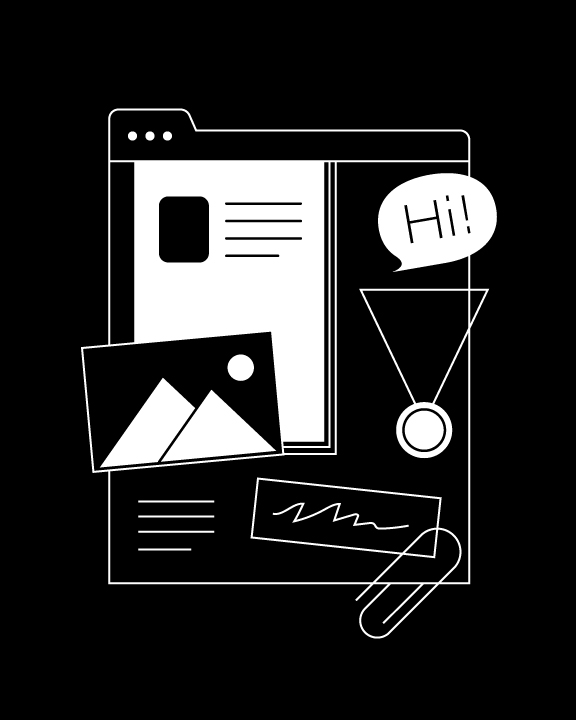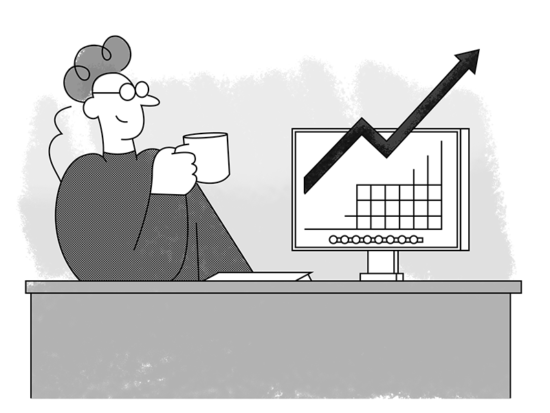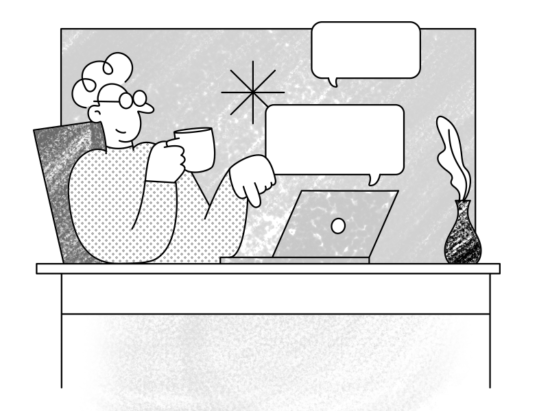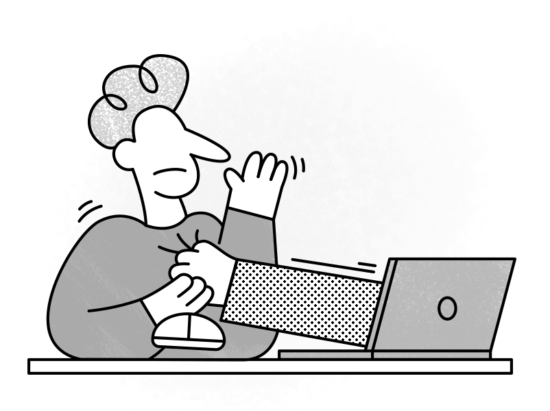Whether you are a fresh-out-of-college creative looking to land your first gig or an experienced freelancer that is on the hunt for a new project, one thing is for sure: you need an outstanding resume website that will get the right attention from potential employers.
But do you know what to include in such a website? Do you know how to make a great first impression using your resume website? If you are not quite sure, let us help you.
In today’s post, we cover the 6 essential elements you must include in your personal resume website. Here they are:
Element no. 1: Your bio.
When recruiters decide to visit your resume website, it must mean you’ve done something right to encourage them to find more about you, which is why one of their first steps is probably checking your About me page.
When they get to your About page, they are interested in seeing who you are, what exactly you do, and, most importantly, how you can contribute to their company. So, forget about including a 2,500-word life story in the bio. The main focus of your bio should be on how you can help site visitors. Your About page text should be filled with the most important details of your professional life 一 your skills and expertise, the latest job or project you worked on, and your education.
However, just because you want to “keep things professional” and persuade potential clients to hire you doesn’t mean that you should put your personality aside. Feel free to include in the bio a couple of sentences on your hobbies and interests. The personal details you include will make the text easily digestible and engaging.
Element no. 2: Links to your social media handles and other sites.
If your bio seems intriguing enough, chances are recruiters are going to google you to find more about you. Once they do that, they are going to come across your personal and professional social media accounts. If you want to save their time and raise your chance of getting hired, take the matter into your own hands and include links to all professional (and personal) social media handles and relevant sites.
Feel free to add your social media handles, and links to different repositories of your work or the sites that quoted you as an expert. By doing this, you will put your web presence together, allowing the hiring managers to get the full picture of what you do and how well you do it.
Element no. 3: Contact information.
If you want recruiters to get in touch with you, adding contact information is crucial.
If you are not comfortable with leaving your email address on the Contact page, you can always use a contact form. In most of our personal and portfolio WordPress themes, we opted for the second option, as contact forms are far more convenient for hiring managers 一 all they need to do is fill in 3 fields on your website, and it won’t take them more than 5 minutes to complete.
Element no. 4: Branding components.
Nowadays, branding is not just reserved for big fish players. Competition is fierce, and you need to find your place in the sun. One of the ways you can do so is by including branding elements in your resume website.
The way we see it, branding elements should complement your work, industry, and who you are as a professional; they should make your website memorable and ensure you stand out from your peers. These elements combine the voice you use throughout your resume website copy, the font, logo, your photos, and site colors. So, before you add your bio and contact details, think about branding and what you want to represent. Spend some time creating a visual representation of yourself, and it will pay off big time.
Note: If you truly want to stand out, be sure to add your photo(s) to your resume website to show potential employers who the person behind the resume is. The photo(s) should be professionally taken; a nice headshot will do the job just fine.
Element no. 5: A collection of your best work.
Nowadays, resume websites are often treated as portfolio sites, which contain a collection of one’s work in a way that makes it easy for recruiters to see the most important projects. This is especially true if your work in the creative industry.
So, don’t be afraid to turn your personal resume website into a portfolio one. Add samples of your best projects and the projects potential employers would find of value. For example, if you’re a writer, you could include images of print articles or books you co-authored, as well as some links to your published articles.
Element no. 6: A blog.
In one of our previous posts, we covered all the reasons you should include a blog in your online portfolio.
In that post, we mentioned that a blog is a great way to show your communication skills, dedication, and personality. More importantly, a blog gives you room to show hiring managers that you are a professional who is committed to their career path and ready to get hired.
How, you may ask?
Simply 一 by writing about all the courses, conferences you attended, books you’ve read, and the lessons you’ve learned during the project making. By covering these topics, you will show potential recruiters that you care about improving your skills and growing professionally, making it hard for potential clients not to choose you.
Note: If you decide to add a blog, be sure to update it periodically. Generally speaking, no matter if you create one post every few days or a post every few weeks, the essential thing is to be consistent. By following your predefined schedule, you’ll show recruiters just how dedicated and consistent you are.
Are you ready to build your resume website?
If you are ready to do so, be sure to browse through our collection of personal WordPress themes and portfolio WordPress themes to find the resume website template that will suit your profession and personality the best.
Once you get one of our themes, we would highly suggest you include all of the previously mentioned elements on your site, and you’ll land your next gig in no time. And remember: your resume website is easy to edit and can evolve into a site that stays with you throughout your career, no matter how many jobs/careers you change or how much your taste changes.



